
新西兰Woolston社区图书馆
Woolston Community Library / Ignite Architects
由专筑网邢子,李韧编译
来自建筑事务所的描述。新Woolston社区图书馆坐落在渡轮路上,这条路是新西兰基督城和渡轮码头之间的一条历史悠久的交通路线,新建筑取代了建于1871年的Woolston社区图书馆。这是基督城继在2010/2011年地震后最新一批重建的社区设施。
Text description provided by the architects. Located on a historic transport route between Christchurch and the ferry terminal, the new Woolston Community Library stands on the aptly named Ferry Road, replacing the Woolston Community Library built in 1871. It is one of the last community facilities to be rebuilt following the 2010/2011 earthquakes in Christchurch.

Woolston是一个有着强烈的工人阶级特征的轻工业居住地区。在20世纪,当地有一家炼金工厂和胶水厂,这里一直是新西兰橡胶和其他工业的中心。其中有几家企业如今仍然存在,但Woolston地区因为住宅增长早已经和基督城融为了一体。
Woolston is a light industrial and residential area with a strong working-class identity. Throughout the 20th century, it was the centre of the New Zealand rubber and other industries, including a nugget factory and a gelatine and glue works. Several of these businesses are still present today but residential growth in the Woolston area is now well merged with Christchurch City.

从一开始,设计团队就认为新的Woolston社区图书馆应当体现曾经Woolston工业时代的精神,无论是现在还是将来,设计师都着力为人们提供舒适、实用的空间。
From the beginning, the design team was determined that the new Woolston Community Library would embody the spirit of Woolston’s industrial past and provide a welcoming, usable space for its people, both now and in the future.
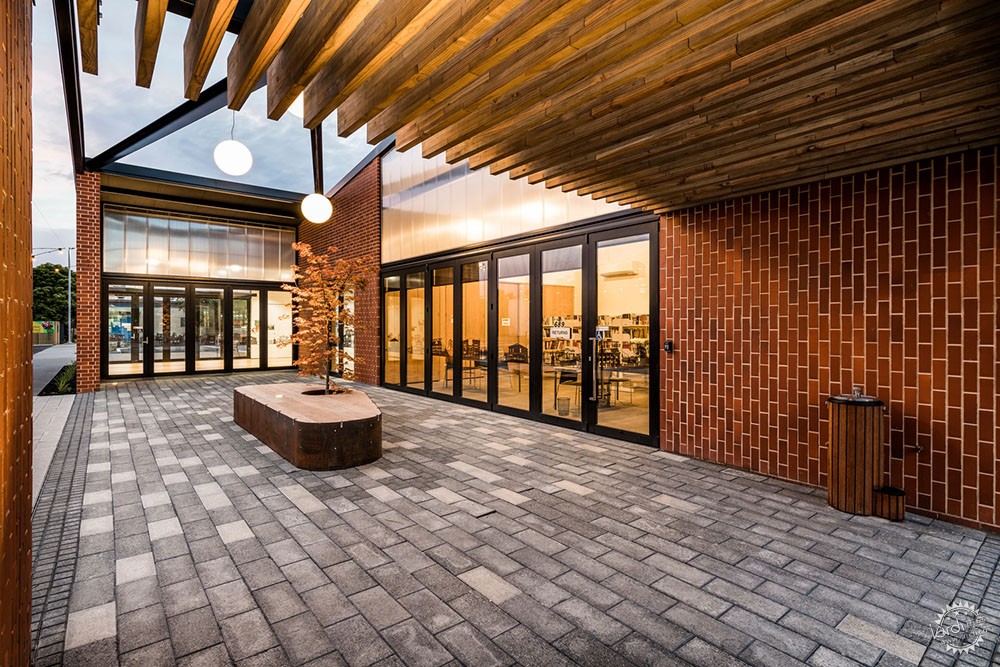
建筑设计包括三个主要区域,室外庭院、图书馆和社区大厅。一条贯穿了整幢建筑的现有车道被改造成人行通道,用于连接渡轮路和改造后的停车场。一条全新的人行通道连接到建筑北面的日托中心,进一步加强了项目与城市环境的广泛融合。
The building design comprises three main areas: an outdoor courtyard, the library and the community hall. An existing driveway running the length of the building was repurposed into a pedestrian laneway connecting from Ferry Road through to the upgraded carpark. A new pedestrian connection to a daycare centre to the north of the building further strengthens the project’s integration with the wider urban context.
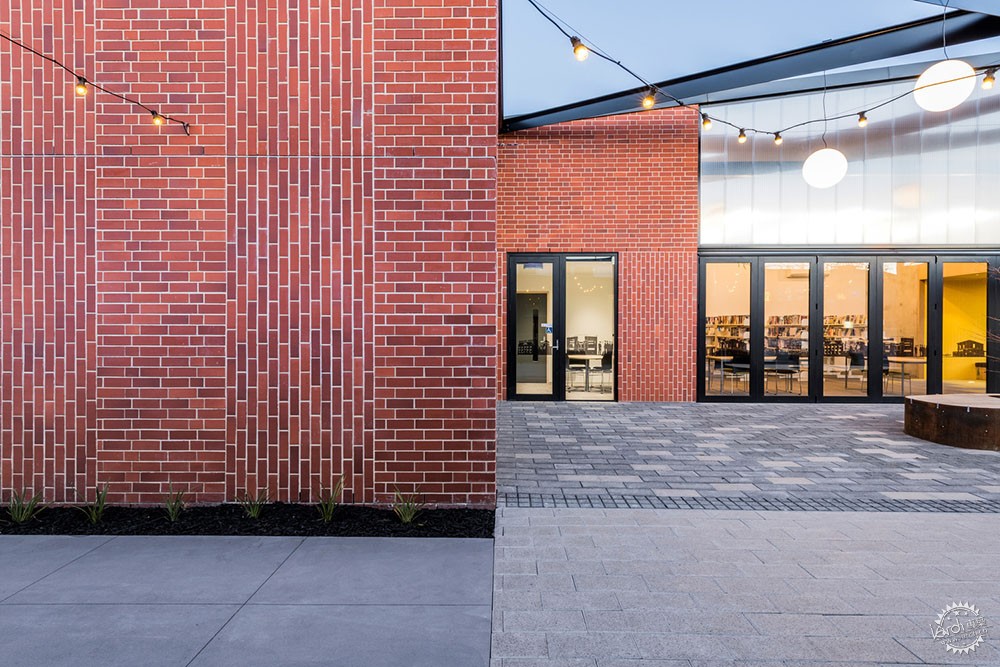
红砖立面是新建筑的特色,这直接参考了当时砌砖工匠的展示作品。这种砖的冲击力通过黑钢和木材等材料,以及形式的简洁而得到提升,并反映了当地传统建筑。在现代工艺上,该设计采用突出的砖图案和垂直水平结合的组合。所有的砖都由新西兰南岛的砖制造商提供。
The red brick façade, distinctive feature of the new building, directly references the original building, which was something of a showpiece for the bricklaying craftsmen of the day. The impact of this brick is heightened by a restrained use of materials - black steel and timber - and the simplicity of the form, which is reflective of traditional local architecture. In a modern take on craftsmanship the design features a protruding bricks pattern and a composition of vertical and horizontal bonds. All the bricks were supplied by the only remaining brick manufacturer in the South Island of New Zealand.

图书馆砖立面的不对称与外部庭院裸露钢梁的对称形成对比。在该结构下,胶合木材顶棚参考了附近历史建筑的风格,迎接人们进入庭院。在庭院内,开放的空间形态被一颗种植在庭院中心的日本枫树软化,树上悬挂着灯光。
The asymmetric pattern in the brick façade of the library contrasts to the symmetry to the exposed steel beams that rise over the external courtyard contrasts. Under the structure the glulam timber canopy references the style of nearby historic buildings and invites people to enter the courtyard. Within the courtyard, the openness of the space is softened by a single Japanese Maple planted in the centre, with suspended lights above.

所有的内部空间都有多样的使用方式,图书馆和社区大厅的折叠玻璃门可以向庭院开敞,建筑北面的折叠门将社区大厅与停车场连接了起来。这种空间的灵活性意味着建筑可以满足更广泛的社区和市场活动。
All internal spaces can be used in various ways: glazed, bi-fold doors in the library and community hall open out onto the courtyard; bi-fold doors to the north of the building connect the community hall to the carpark. This flexibility means that the building can be used for larger community events and market days.
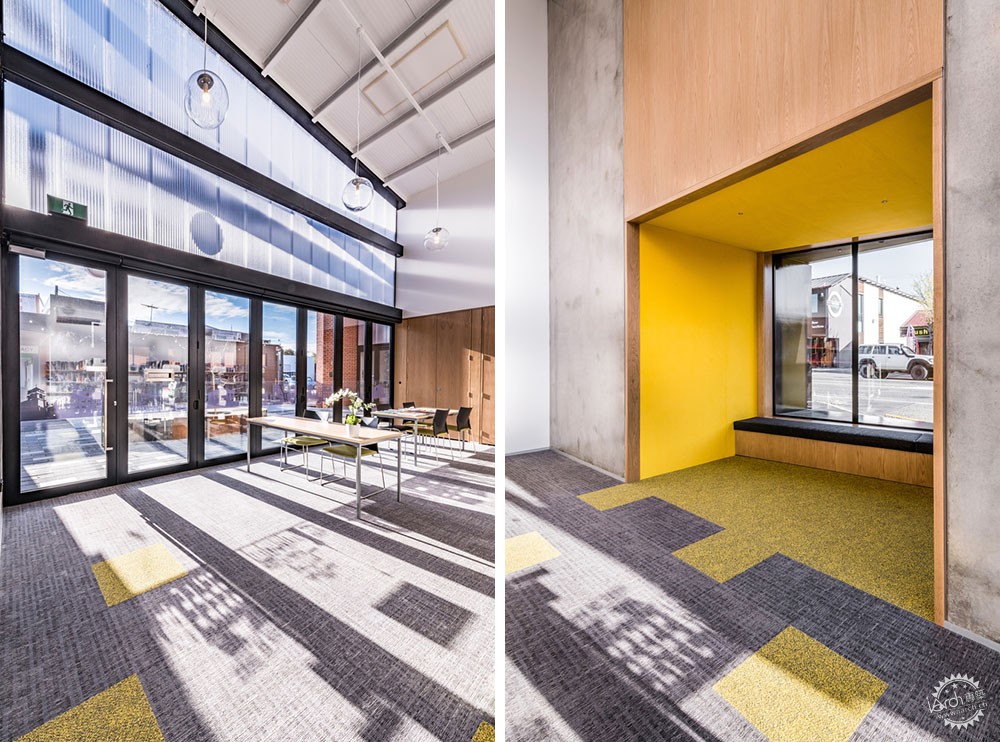
半透明的聚碳酸酯面板将漫射的自然光引入图书馆内部。同样,通过使用木材和混凝土这样简单的材料,建筑师构思了一种中性色调,与丰富多彩的儿童区形成对比。图书馆的简洁风格通过当地艺术家设计的墙壁艺术得到了加强,并引入了Woolston的工业历史。
Translucent polycarbonate panels bring diffuse, natural light into the interior of the library. Again, the use of simple materials such as timber and concrete create a neutral colour palette and a welcome contrast to the colourful kids’ area. The simplicity of the library is enhanced by a wall-art provided by a local artist, referencing Woolston’s industrial past.
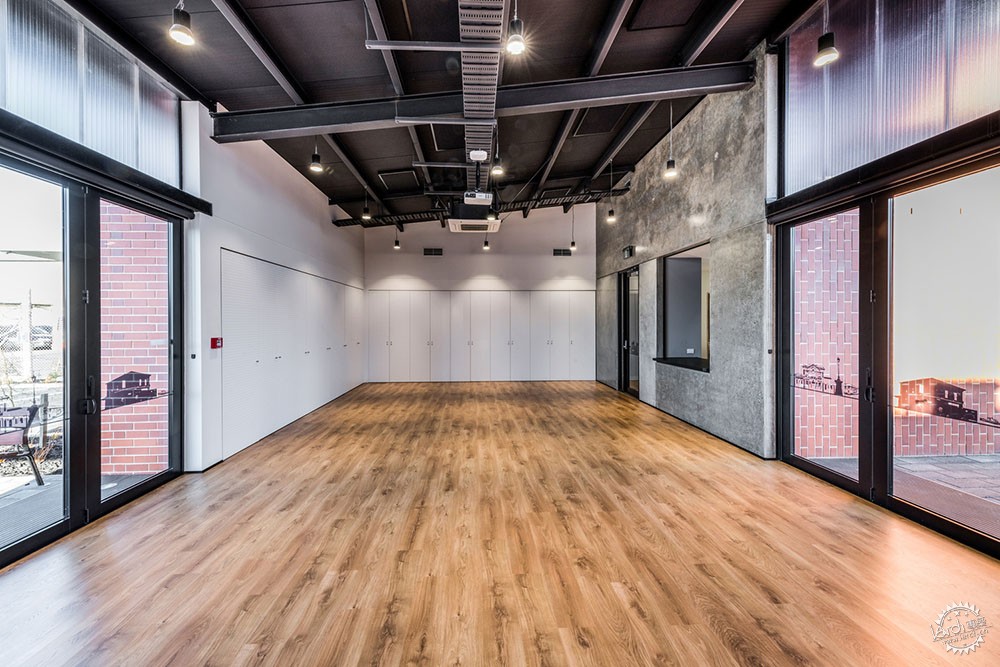

社区大厅的结构也很简单,结合了纹理和挂板衬里的细木工。大厅配有弹簧地板、影音系统以及墙壁投影仪,可用于社区活动和聚会。充足的存储空间使得功能更加灵活,并且社区大厅拥有一个大小适中、设备齐全的商业厨房。同时还配套有小会议室、卫生间等房间。
The structure of the community hall is also simple, featuring a combination of textured and peg-board lined joinery. With a sprung floor, AV system and wall projector, the hall is available for community events and gatherings. Plenty of storage is included to allow for flexibility of use and a modest, well-equipped commercial kitchen is accessible through a servery in the community hall. A small meeting room, toilets and parents’ room complete the range of facilities available.
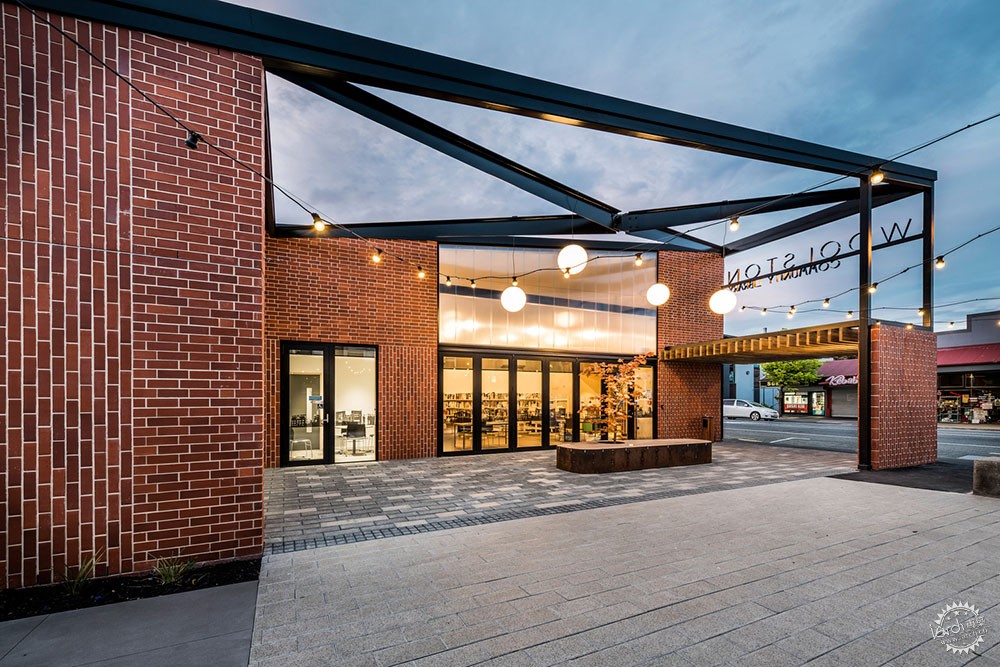
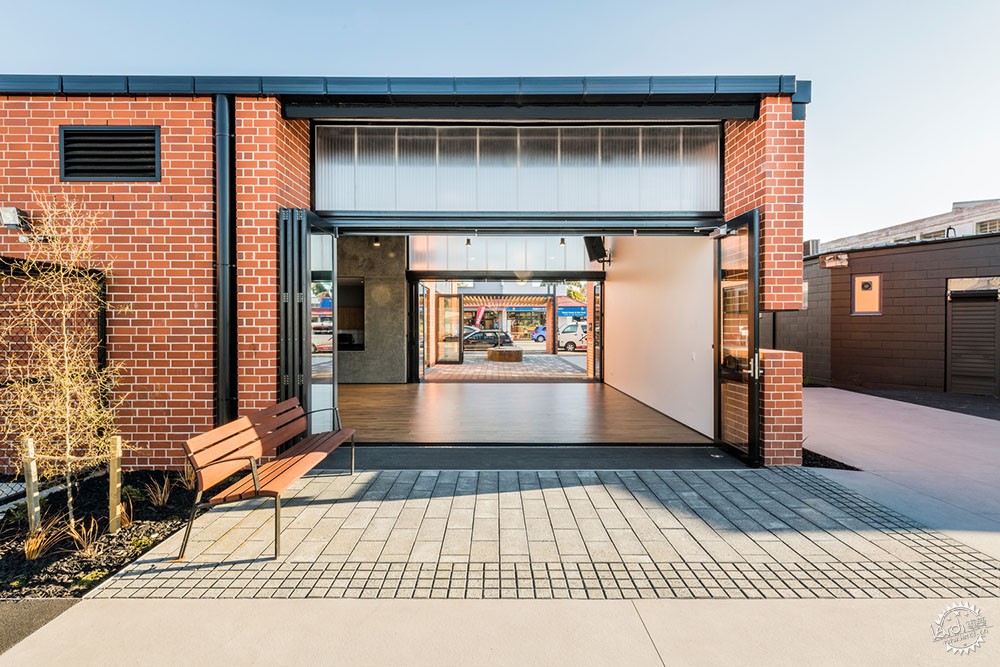
在整个项目中,主要原则是确保在不影响建筑可用性和整体设计美学的前提下,满足社区所需的成本效益。
Throughout the project, the main principle was to make sure that the cost-efficiencies required on behalf of the community could be achieved without compromising the building’s usability and overall design aesthetic.
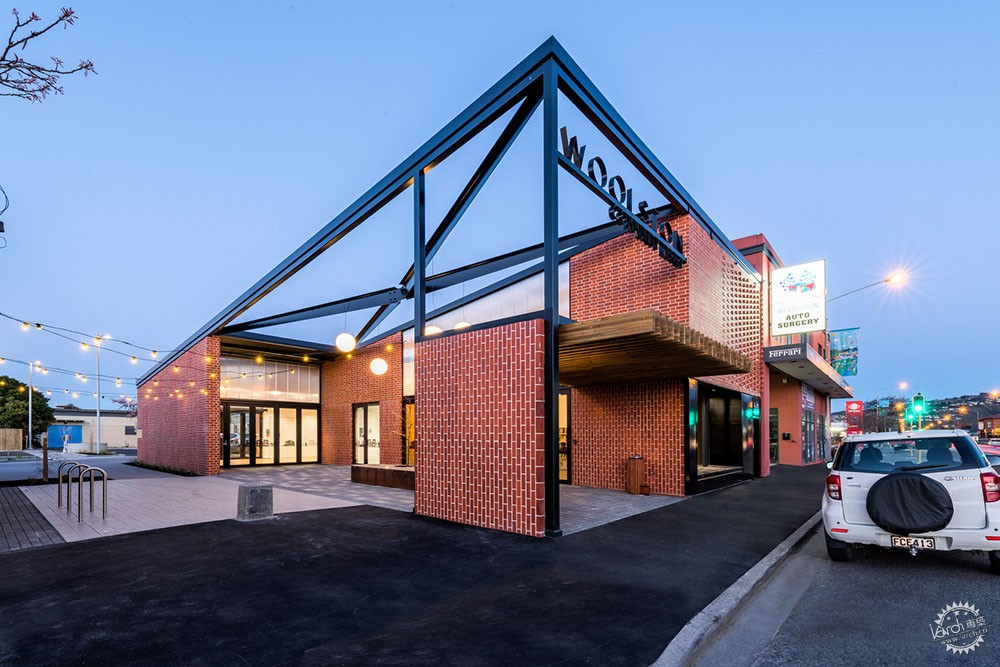
景观材料也同样选择了本地的材料,符合城市环境的成本需求,并且耐用。通过使用其他服务机构项目中常用的指定色调的材料简化了维护和操作工序。材料也尽可能从当地采购,并由当地工匠制作。
Landscape material selections were similarly selected to be easily and locally sourced - cost effective, durable surfaces suited to the urban context. Maintenance and operations are simplified with materials specified from commonly used palettes on other council projects. As far as possible, materials were sourced from the region and done by the local craftsman.
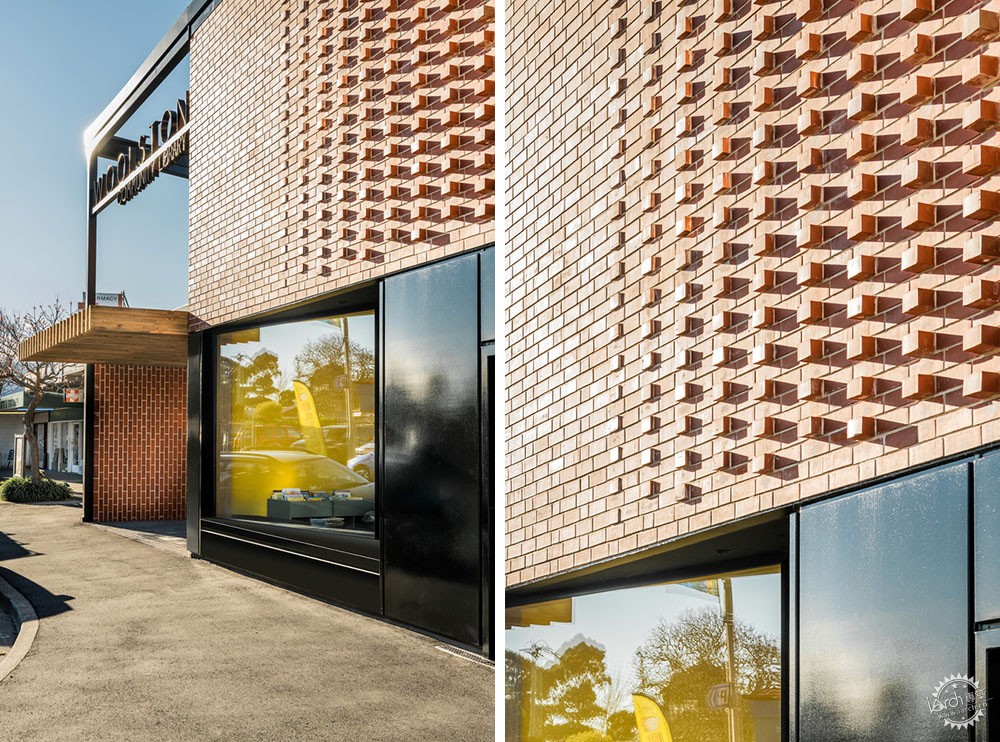
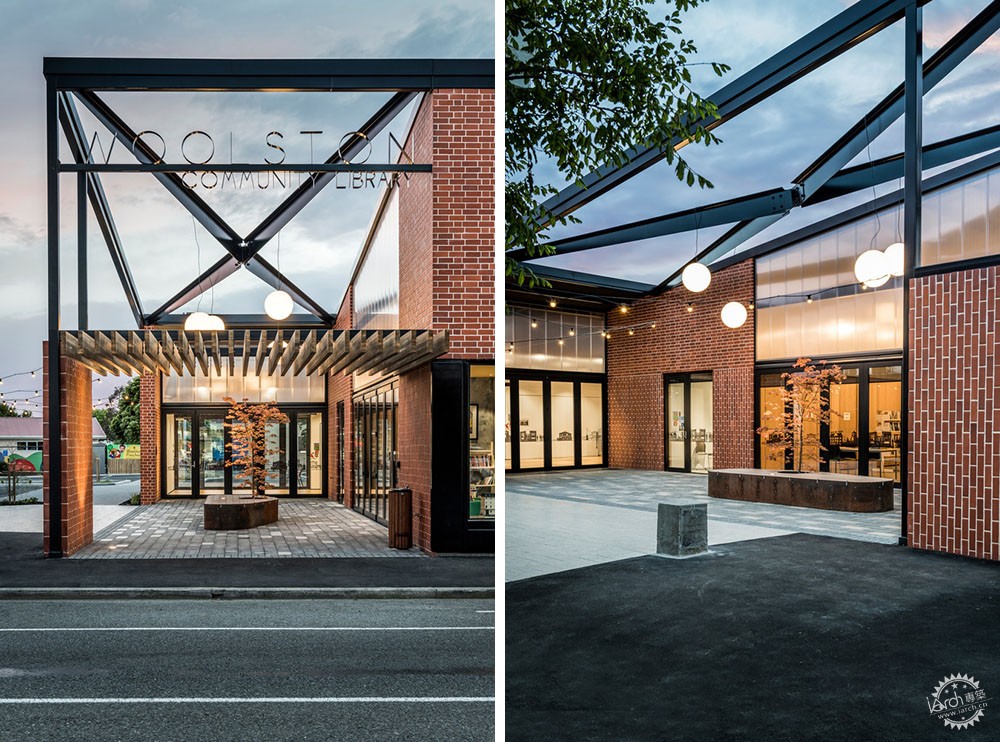
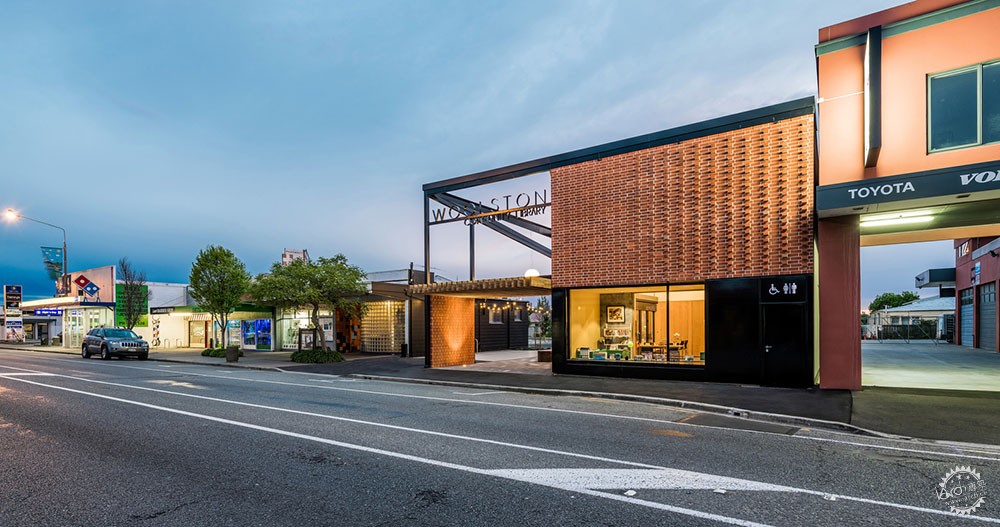
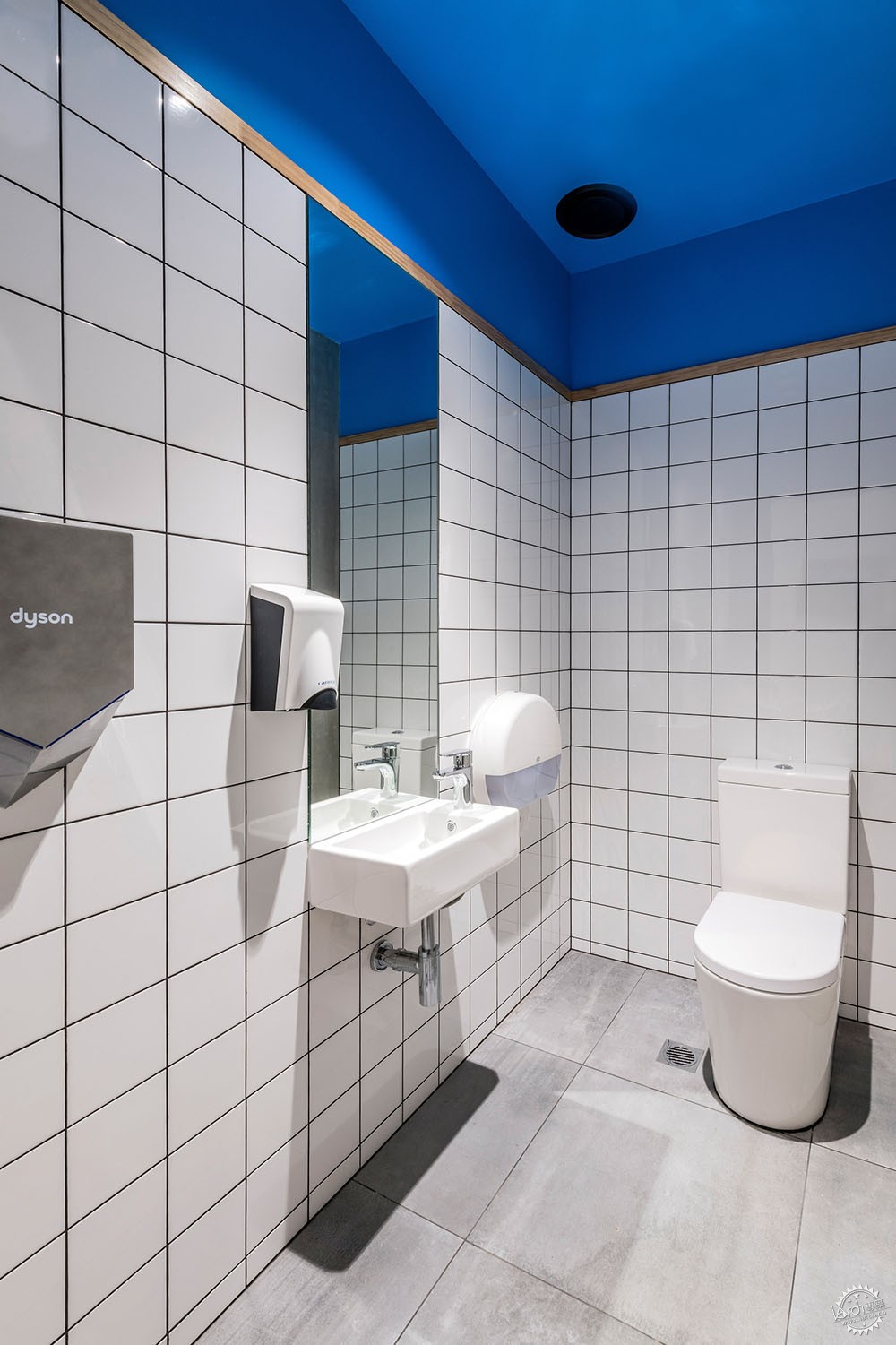
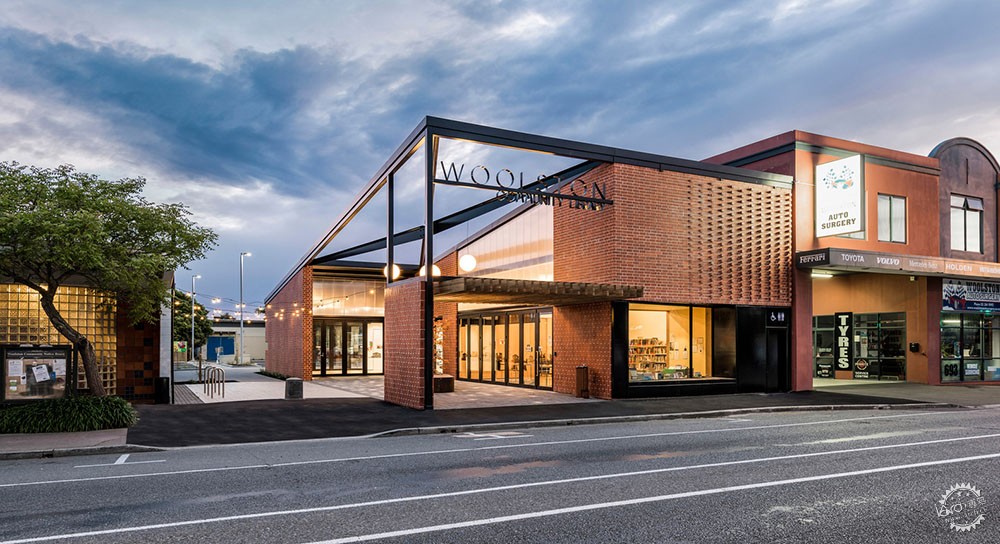
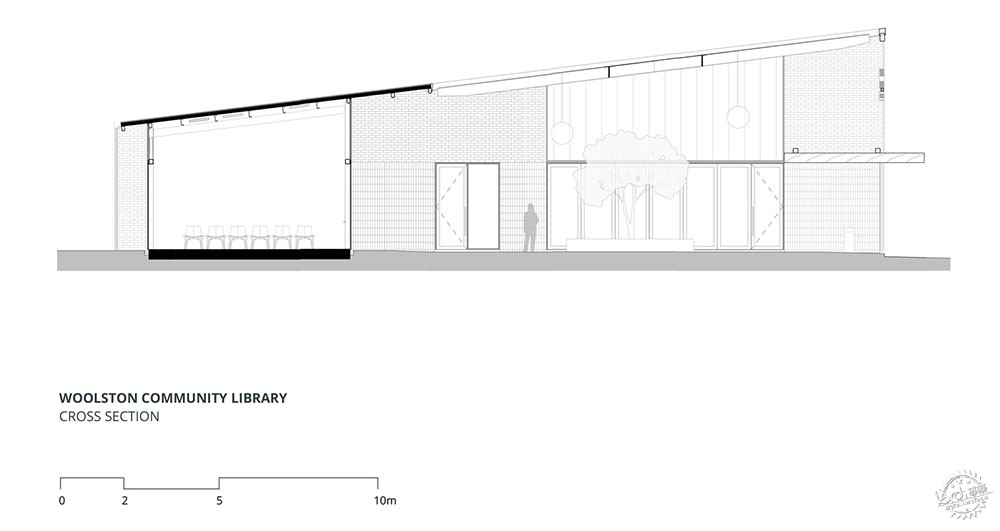
建筑设计:Ignite Architects
位置:新西兰,基督城
建筑事务所:Ignite Architects
设计团队:Szymon Gozdzikowski, Stephen Parks, Diana Jung
工程负责人:Adam Taylor
承包商:Citycare Property
面积:198.0 m2
项目时间:2018年
摄影:Stephen Goodenough
Architects: Ignite Architects
Location: Christchurch, New Zealand
Architecture Firm: Ignite Architects
Design Team: Szymon Gozdzikowski, Stephen Parks, Diana Jung
Project Director: Adam Taylor
Contractor: Citycare Property
Area: 198.0 m2
Project Year: 2018
Photographs: Stephen Goodenough
|
|
